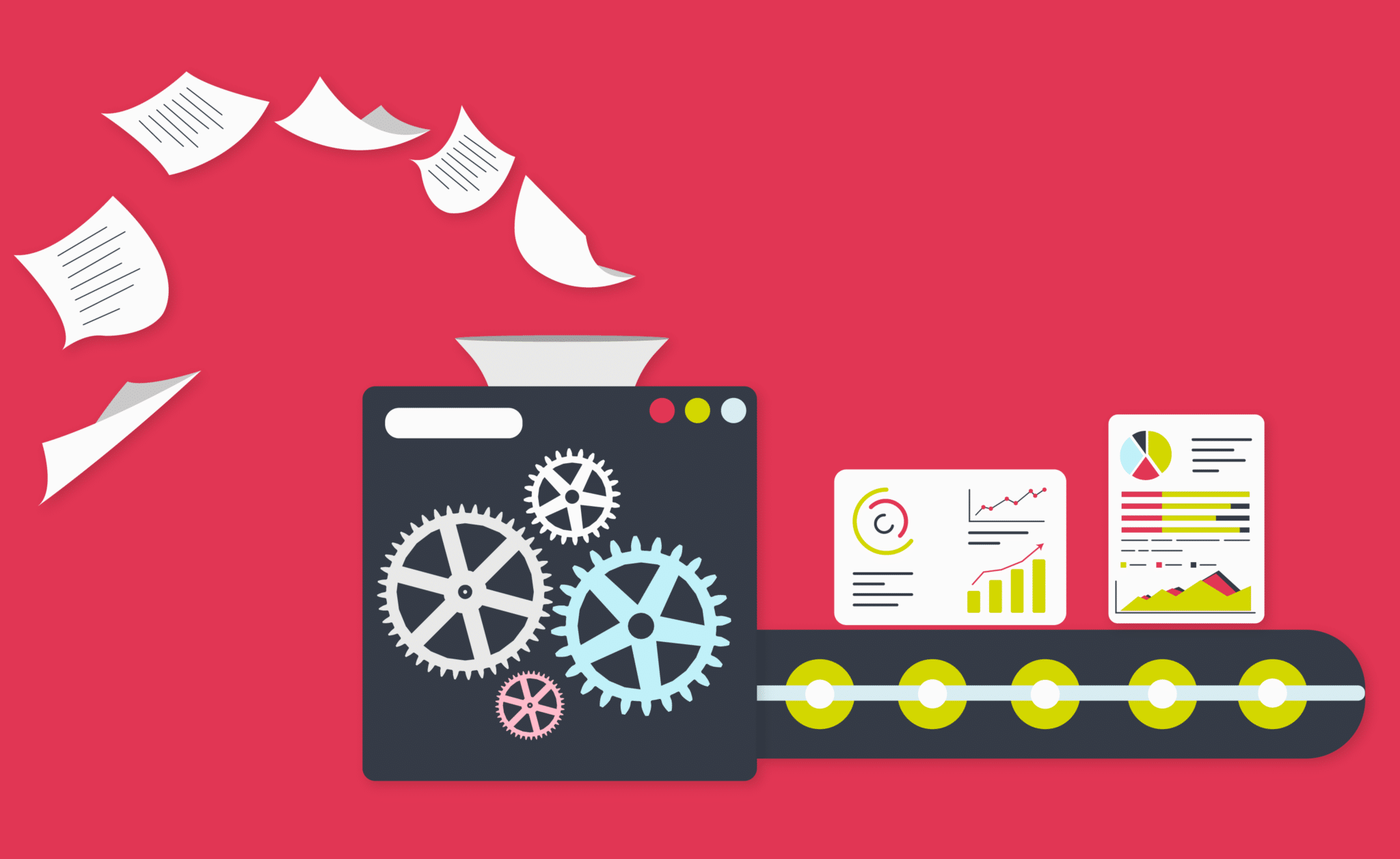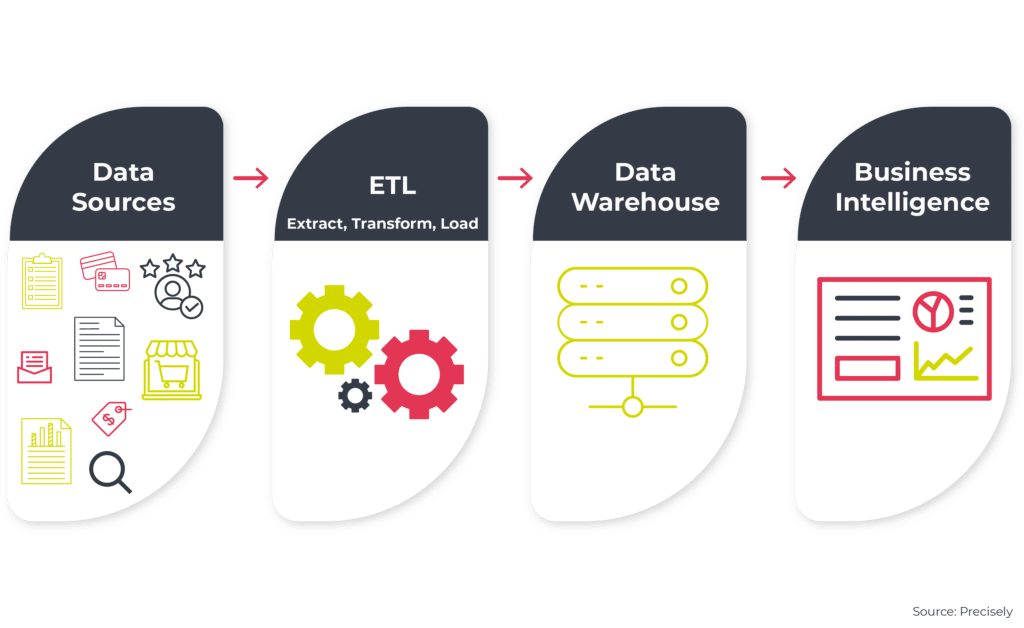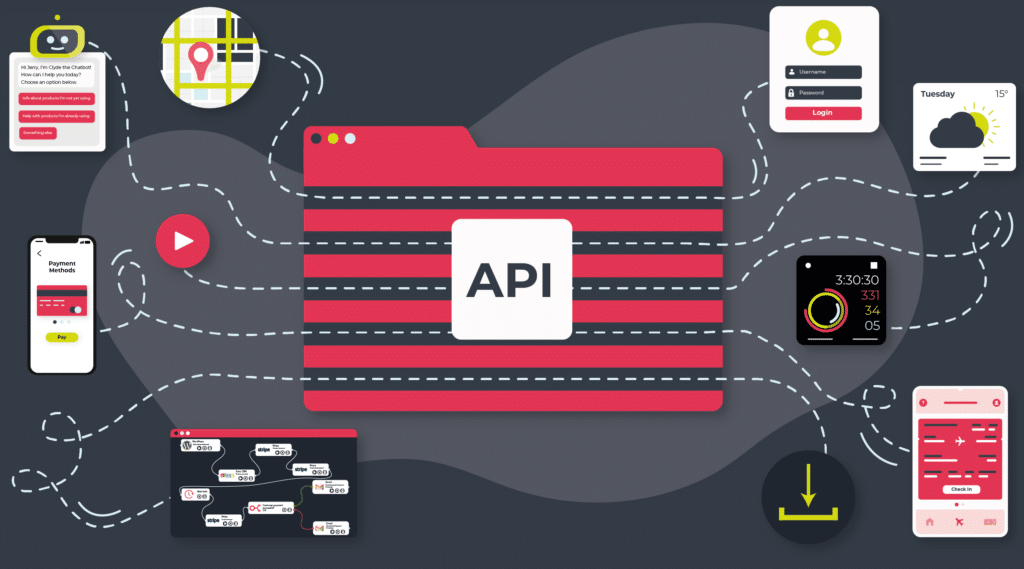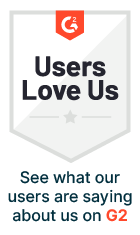
We’ve said it before and we’ll say it again: data is everywhere. It is produced and consumed in a variety of formats in every organisation.
On a daily basis a business, for instance, a B2C organisation, gains a lot of new and existing customer data. That is to say, customer data could come in the form of new sales on their eCommerce site. Through marketing adverts seen on social media, or email subscriptions.
Prior to data consolidation and integration, it is siloed within these applications and departments. As a result, it lacks the ability to paint a full picture of a customer. This can affect how customer service and marketing materials interact with the consumers.
What is data consolidation?
Data consolidation is often interchanged with data integration. It is therefore defined as combining and storing multiple data sources in a single place. This could be a data warehouse or database. As a result, this process helps turn the data into useful, accessible insights that influence effective decision-making.
Using data consolidation our example B2C organisation can streamline their data resources. In turn, this can present data patterns that provide actionable insights from multiple types of data.
What is data integration?
Data integration refers to the process of moving different data assets from databases or SaaS applications to other centralised databases. An organisation may choose to integrate data to reduce data silos, replace or update legacy systems, and produce more business intelligence.
A data integration could involve the combining of individual customer information from separate business applications. For instance, our B2C organisation could combine their customer data across their sales, marketing, accounts and eCommerce platforms.
Channelling the data into a database or warehouse. It can then be added to a single-view business intelligence dashboard. It would be used in reporting, and analytics to help inform customer support. As well as helping with the supply and distribution of their products.
Data Consolidation through Integration
There are several popular data consolidation techniques that use automated integration.
ETL (Extract, Transform, Load)
ETL is a widely used technique for data consolidation and is defined as the process of extracting data from one source and adding it to a larger data hub. Basically, a database after it has been transformed.
According to IBM, “ETL was introduced as a process for integrating and loading data for computation and analysis. Eventually becoming the primary method to process data for data warehousing projects.”
It is a process that cleanses and organises data in a way to address specific business intelligence needs. This could be monthly reporting. The ETL process can also tackle more advanced analytics, which can improve back-end processes or end-user experiences.
If we apply the ETL process to our B2C organisation that wants to improve its customer service. Building an automated integration can carry out the ETL via batch processing. This can extract the relevant data from their eCommerce, sales, and marketing platforms.
Then transform the data and load it into a single view for customer service teams. The full picture of their customers’ data provides them with the opportunity to improve their services.
Data Visualisation
Another data consolidation technique through integration is data visualisation. This integrates data from diverse data sources without moving it.
According to Microsoft, “data visualisation helps you turn all that granular data into easily understood, visually compelling and useful business information.”
The data remains in the same place but can be viewed virtually by users in applications or dashboards.
Data Warehousing
Data warehousing on the other hand works by integrating data from disparate systems and storing it in a central database. This method provides a broad, and integrated view of all data sources, with appropriate data sorted together.
According to AWS Amazon, “a data warehouse is specially designed for data analytics. This involves reading large amounts of data to understand relationships and trends across the data. A database is used to capture and store data, such as recording details of a transaction.”
Gathering data into a single central location makes it easier for an organisation to understand trends and spot patterns. As well as gain useful business intelligence insights.
Benefits of Data Consolidation through Integration
Using data consolidation through integration can provide numerous benefits to an organisation. The process can bridge the gap and bust open data silos. This utilises the data for business intelligence needs. These could be for data analysis, and data quality.
The process can also organise large amounts of data into appropriate categories based on the business intelligence need. Then provide a unified view. Data consolidation through integration can turn the raw data into useful insights, and improve efficiency and the validity of the data.
Data consolidation through integration is an automated way to handle the constant flow of data going through organisations on a daily basis.
A data integration tool like Cyclr can help with integrating the process. With the ability to integrate with hundreds of APIs Cyclr can automate the data consolidation process. Helping you to keep your data flowing through your SaaS applications.



